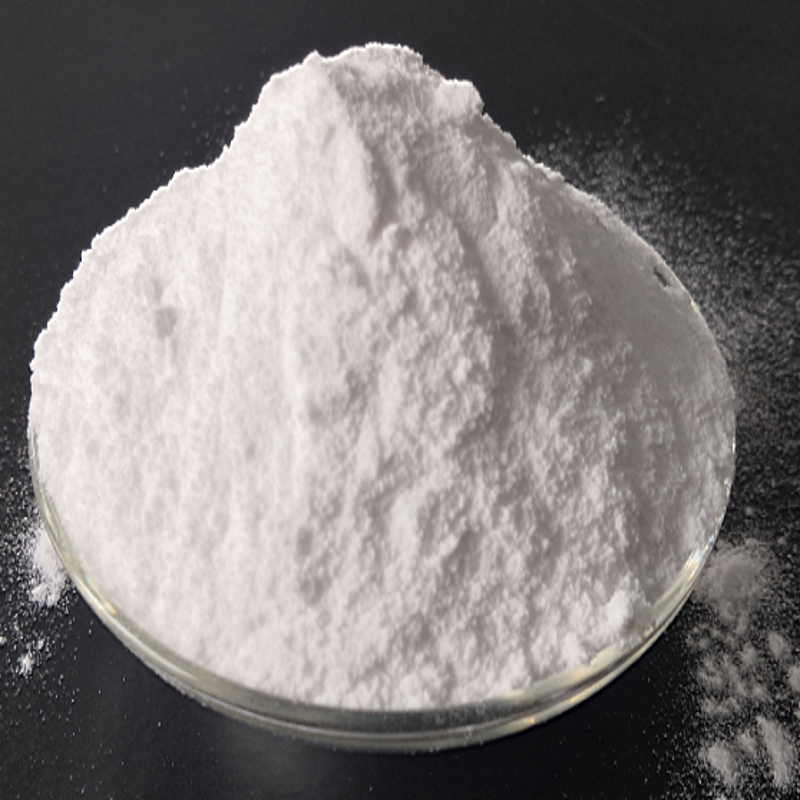-
Categories
-
Pharmaceutical Intermediates
-
Active Pharmaceutical Ingredients
-
Food Additives
- Industrial Coatings
- Agrochemicals
- Dyes and Pigments
- Surfactant
- Flavors and Fragrances
- Chemical Reagents
- Catalyst and Auxiliary
- Natural Products
- Inorganic Chemistry
-
Organic Chemistry
-
Biochemical Engineering
- Analytical Chemistry
- Cosmetic Ingredient
-
Pharmaceutical Intermediates
Promotion
ECHEMI Mall
Wholesale
Weekly Price
Exhibition
News
-
Trade Service
Solar and wind energy as an important source of renewable energy is greatly affected by environmental factors, in order to ensure its stable power supply, safe and reliable energy storage equipment is of great significance, redox flow battery is the most promising technology
to solve this problem.
Recently, the research team of the University of Jena has developed a battery system based on organic polymers and harmless salt solutions, which is easy to handle, safe and environmentally friendly, and achieves the effect
of traditional metal and acid battery systems with lower production costs.
Redox flow batteries differ from conventional batteries in that they are not made of solids, but are in a dissolved state: the electrolyte solution is stored in two stages, forming the positive and negative electrodes
of the battery.
Under the action of the pump, the polymer solution is converted into an electrochemical battery, which is reduced or oxidized, thereby charging or discharging
the battery.
To avoid electrolyte mixing, a film divides the battery into two spaces
.
Both the energy and power stored in the battery can be individually adjusted
.
Traditional redox flow batteries typically use the heavy metal vanadium dissolved in sulfuric acid as an electrolyte
.
Not only is this expensive, the solution is also highly corrosive, so special membranes must be used, and the battery life is limited
.
The redox flow battery developed by the University of Jena uses innovative synthetic materials similar in structure to plexiglass and Styrofoam, but with the addition of functional groups that allow the material to accept or provide electrons without the need for strong acids
.
The new polymers are capable of flowing in aqueous solutions, so only simple, low-cost cellulose membranes need to be used, avoiding toxic and expensive materials
.
The new polymer's redox flow battery is ideally suited as an energy storage device for large wind farms and photovoltaic power plants
.
Solar and wind energy as an important source of renewable energy is greatly affected by environmental factors, in order to ensure its stable power supply, safe and reliable energy storage equipment is of great significance, redox flow battery is the most promising technology
to solve this problem.
Recently, the research team of the University of Jena has developed a battery system based on organic polymers and harmless salt solutions, which is easy to handle, safe and environmentally friendly, and achieves the effect
of traditional metal and acid battery systems with lower production costs.
Redox flow batteries differ from conventional batteries in that they are not made of solids, but are in a dissolved state: the electrolyte solution is stored in two stages, forming the positive and negative electrodes
of the battery.
Under the action of the pump, the polymer solution is converted into an electrochemical battery, which is reduced or oxidized, thereby charging or discharging
the battery.
To avoid electrolyte mixing, a film divides the battery into two spaces
.
Both the energy and power stored in the battery can be individually adjusted
.
Traditional redox flow batteries typically use the heavy metal vanadium dissolved in sulfuric acid as an electrolyte
.
Not only is this expensive, the solution is also highly corrosive, so special membranes must be used, and the battery life is limited
.
The redox flow battery developed by the University of Jena uses innovative synthetic materials similar in structure to plexiglass and Styrofoam, but with the addition of functional groups that allow the material to accept or provide electrons without the need for strong acids
.
The new polymers are capable of flowing in aqueous solutions, so only simple, low-cost cellulose membranes need to be used, avoiding toxic and expensive materials
.
The new polymer's redox flow battery is ideally suited as an energy storage device for large wind farms and photovoltaic power plants
.







